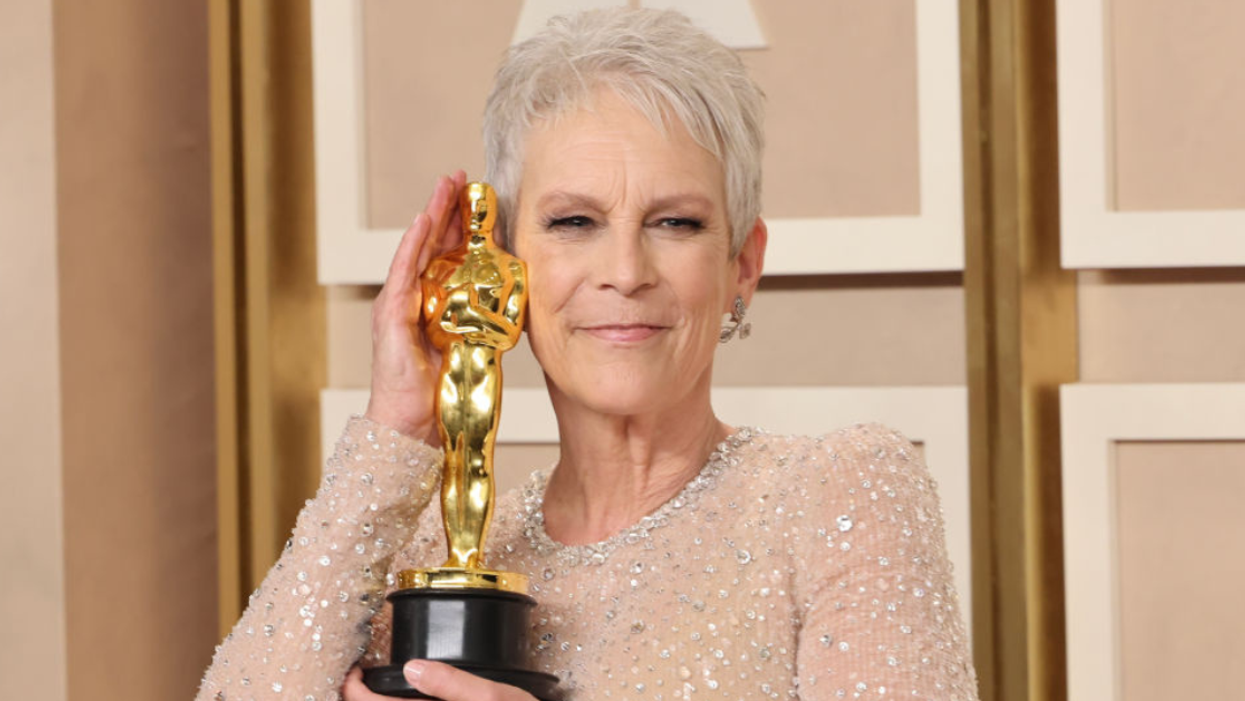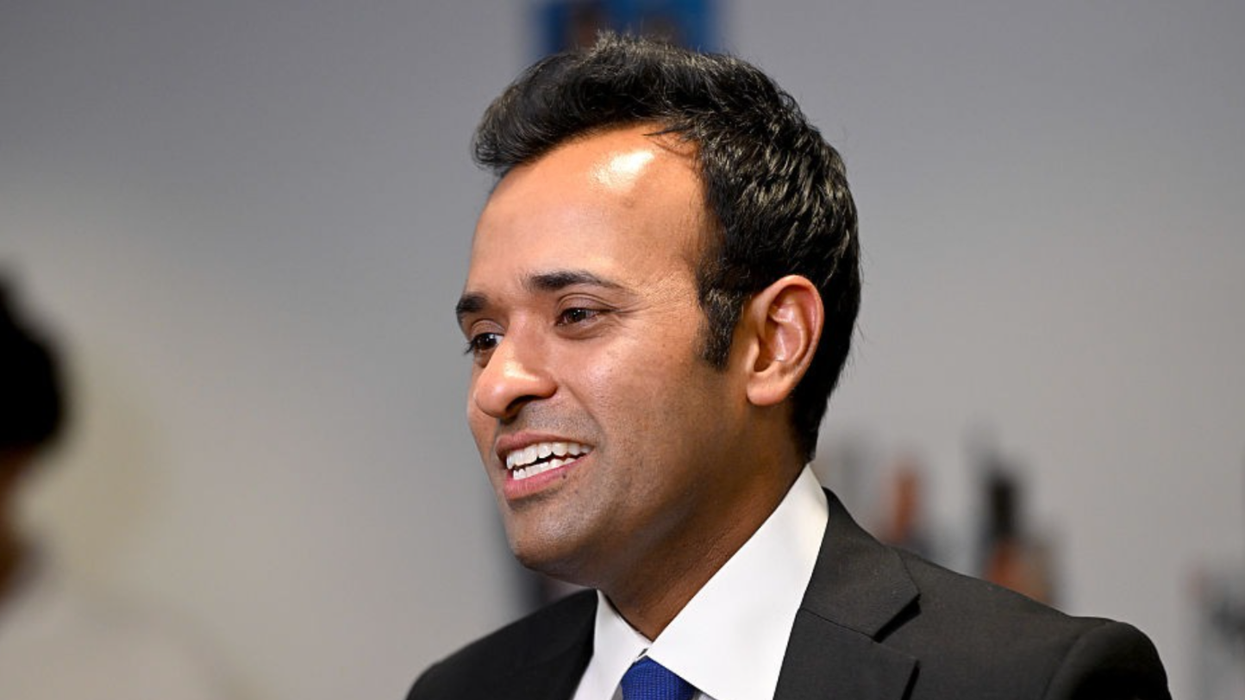Shortly after winning the Academy Award for Best Supporting Actress for her role in Best Picture winner Everything Everywhere All at Once, Jamie Lee Curtis remarked on the possibility of making gendered acting awards more inclusive.
Curtis—whose daughter Ruby is transgender—addressed the pros and cons of degendered acting categories while expressing her desire for "gender parity in all the areas and branches" of the Academy of Motion Picture Arts and Sciences (AMPAS).
You can hear what she said in the video below.
Curtis said:
“Obviously I would like to see a lot more women be nominated so there is gender parity in all the areas and branches. I think we are getting there but we are not anywhere near there.”
“Of course that inclusivity involves the bigger question which is, how do you include everyone when there are binary choices which is very difficult."
Curtis noted efforts to degender acting categories could inadvertently end up costing women more recognition but said she aims to promote "inclusivity" and "more women" in general.
“As the mother of a trans daughter I completely understand that and yet to de-gender the category also, I’m concerned will diminish the opportunities for women which is also something I have been working hard to promote."
“So it is a complicated question but I think the most important thing is inclusivity and more women.”
Many praised Curtis for her remarks and consideration.
A movement to degender acting categories has made some headway, with the recent Film Independent Spirit Awards being perhaps the most high-profile example.
Film Independent introduced gender-neutral categories this year, switching the traditionally separated male and female lead and supporting categories for film and television, and instead combining them with ten nominations each in two new categories: Best Lead Performance and Best Supporting Performance.








 @funkyfrogbait/TikTok
@funkyfrogbait/TikTok @funkyfrogbait/TikTok
@funkyfrogbait/TikTok @funkyfrogbait/TikTok
@funkyfrogbait/TikTok @funkyfrogbait/TikTok
@funkyfrogbait/TikTok @funkyfrogbait/TikTok
@funkyfrogbait/TikTok @funkyfrogbait/TikTok
@funkyfrogbait/TikTok @funkyfrogbait/TikTok
@funkyfrogbait/TikTok @funkyfrogbait/TikTok
@funkyfrogbait/TikTok @funkyfrogbait/TikTok
@funkyfrogbait/TikTok @funkyfrogbait/TikTok
@funkyfrogbait/TikTok













 Waving South Korea GIF by Pudgy Penguins
Waving South Korea GIF by Pudgy Penguins  Mardi Gras Parade GIF
Mardi Gras Parade GIF 

 @therealabbylee/Instagram
@therealabbylee/Instagram @nph/Instagram
@nph/Instagram @facetune/Instagram
@facetune/Instagram @jessicaleejessie/Instagram
@jessicaleejessie/Instagram @haleybo.baley/Instagram
@haleybo.baley/Instagram @lindsay.semm/Instagram
@lindsay.semm/Instagram @gracejamoua/Instagram
@gracejamoua/Instagram @connorriopelli/Instagram
@connorriopelli/Instagram @kimmiecoates/Instagram
@kimmiecoates/Instagram @brianaledan/Instagram
@brianaledan/Instagram @dropdeadgwgeous/Instagram
@dropdeadgwgeous/Instagram @robz0mbeee/Instagram
@robz0mbeee/Instagram @aliciahardin/Instagram
@aliciahardin/Instagram @artonbway/Instagram
@artonbway/Instagram